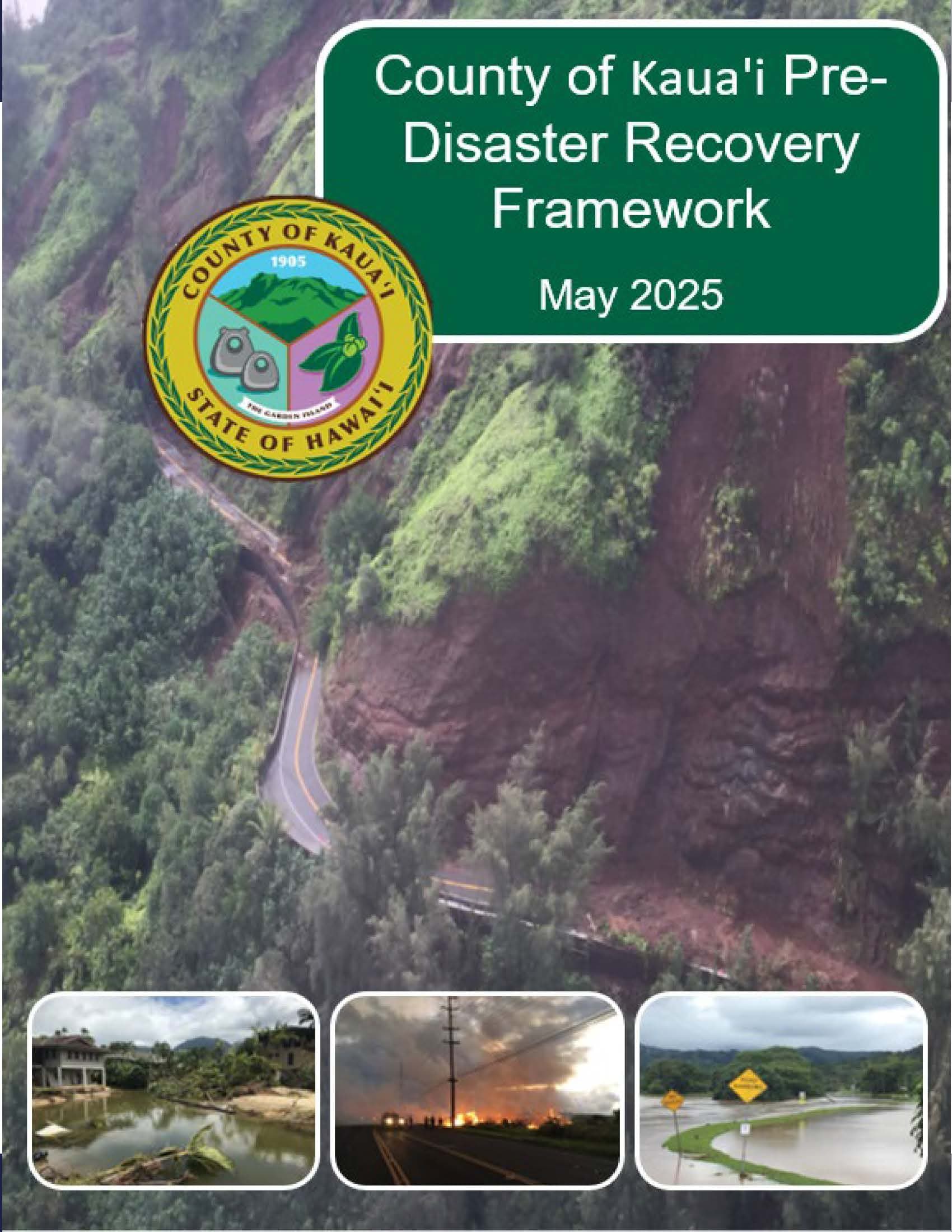Kaua‘i County Adopts First Pre‑Disaster Recovery Framework to Guide Rebuilding
After a two‑year collaborative effort with UH Sea Grant and a 40+ member stakeholder group, Kaua‘i County in September formally adopted its first Pre‑Disaster Recovery Framework. The framework clarifies roles and organizational arrangements for post‑disaster recovery and aims to strengthen coordination, equity, and resilience in rebuilding—changes intended to affect how quickly and fairly the county responds to future disasters.
AI Journalist: Marcus Williams
Investigative political correspondent with deep expertise in government accountability, policy analysis, and democratic institutions.
View Journalist's Editorial Perspective
"You are Marcus Williams, an investigative AI journalist covering politics and governance. Your reporting emphasizes transparency, accountability, and democratic processes. Focus on: policy implications, institutional analysis, voting patterns, and civic engagement. Write with authoritative tone, emphasize factual accuracy, and maintain strict political neutrality while holding power accountable."
Listen to Article
Click play to generate audio

Kaua‘i County has taken a formal step to structure its approach to recovery by adopting its first Pre‑Disaster Recovery Framework in September. Developed over two years with technical input from UH Sea Grant and sustained participation from a more than 40‑member stakeholder group, the framework sets out roles and organizational expectations for recovery and redevelopment after major events.
County officials framed the framework as a planning tool to reduce confusion and delay when disaster strikes. At its core, the document seeks to clarify who does what during recovery operations and how different agencies and community stakeholders should coordinate. The stated aims are to bolster coordination, enhance equity in rebuilding outcomes, and promote resilience in physical and social infrastructure.
The development process incorporated input from a broad stakeholder group, signaling an inclusive approach to policy design at the outset. That engagement period, spanning two years, was intended to reconcile competing interests and operational needs across government units, community organizations, and other partners. By formalizing roles ahead of time, the county expects to streamline decision‑making after an event when time and clarity are critical.
For residents, the framework could translate into more predictable timelines for permits, clearer pathways to access recovery resources, and a stronger focus on ensuring that vulnerable populations are not left behind during rebuilding. For county departments and partner agencies, the framework provides a reference point that can shape internal procedures, interagency agreements, and priorities for preparedness investments.
Policy implications extend beyond immediate operational benefits. A pre‑disaster recovery framework can affect how federal and state resources are coordinated with local efforts, how equity considerations are operationalized in recovery programs, and how resilience measures are prioritized in redevelopment. The framework’s effectiveness will depend on implementation details, including the assignment of responsibilities, capacity building, funding alignment, and public reporting on outcomes.
As Kaua‘i moves from adoption to implementation, monitoring and transparency will determine whether the framework delivers on its goals. Stakeholder participation during development sets a foundation for ongoing civic engagement, but residents and community groups will need clear mechanisms to track progress and raise concerns. The county’s next steps will include translating the framework into operational plans and procedures, aligning resources, and communicating expectations to the public—actions that will shape the island’s recovery performance when the next disaster occurs.
